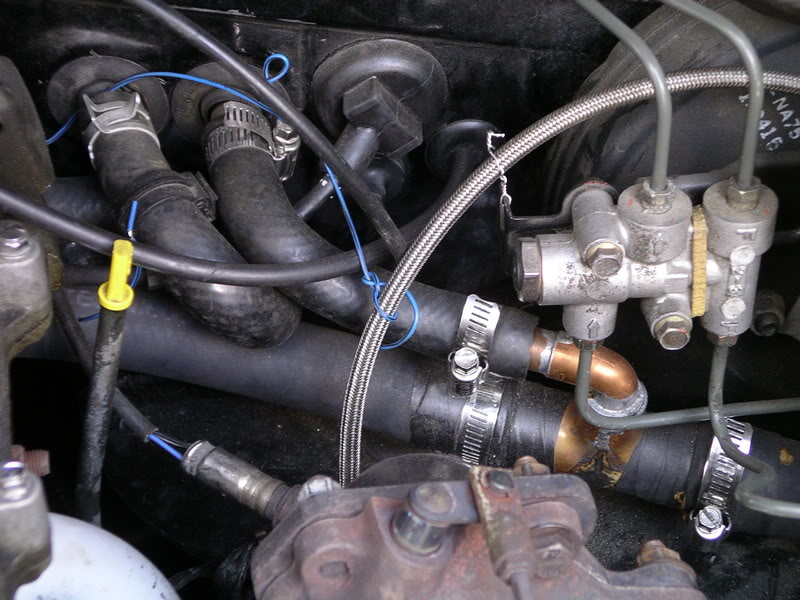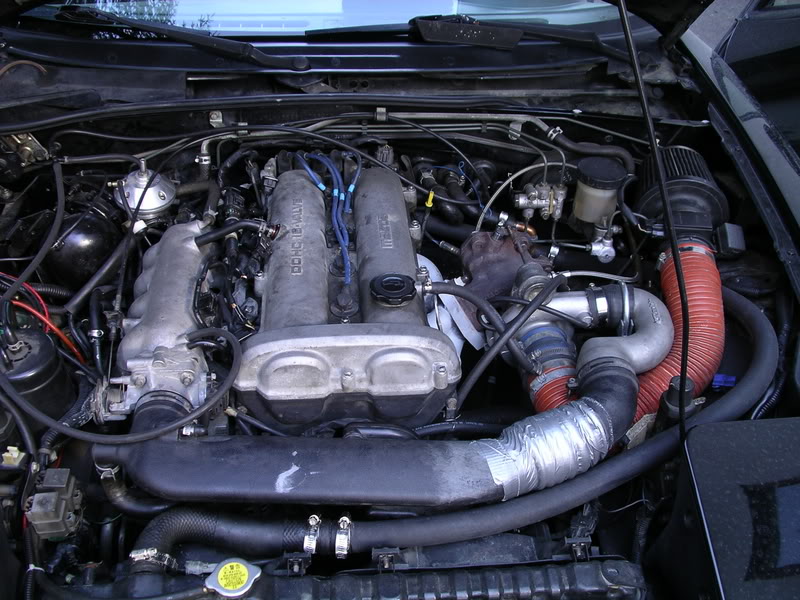Who's done a coolant reroute?
#1
Thread Starter
Elite Member
iTrader: (4)
Joined: Sep 2006
Posts: 3,311
Total Cats: 98
From: Charlotte, NC
I plan on tracking my car as often as possible (hpde's and time attacks) and am wondering if a coolant reroute is necessary. So who here is tracking their turbo'd car without a reroute?
I plan on running an auto radiator for extra cooling capacity.
Thanks for any input.
I plan on running an auto radiator for extra cooling capacity.
Thanks for any input.
#3
Some great reroute pictures and info here. http://www.clubroadster.net/forum/vi...ghlight=#74368
I'm doing one in anticipation of the exact same type of abuse.
I'm doing one in anticipation of the exact same type of abuse.
#4
according to the posts below a few have done it:
https://www.miataturbo.net/forums/showthread.php?t=6922
https://www.miataturbo.net/forums/showthread.php?t=5001
https://www.miataturbo.net/forums/showthread.php?t=4020
https://www.miataturbo.net/forums/showthread.php?t=6922
https://www.miataturbo.net/forums/showthread.php?t=5001
https://www.miataturbo.net/forums/showthread.php?t=4020
#6
I've done a coolant reroute. My temps now don't creep up on hot days, I'm happy with it.
I did my reroute in conjunction with an Escort GT motor swap. Did it a little differently than "normal". I installed the thermostat at the back of the head and routed the heater return into the flow that comes from the head to the rad.

I also left the front of the block plugged (where the thermostat goes on a stock Miata), and plugged the heater feed pipe from the waterpump elbow and fed the heater core from the head
Here is an engine bay shot that shows the coolant return routing.

I did my reroute in conjunction with an Escort GT motor swap. Did it a little differently than "normal". I installed the thermostat at the back of the head and routed the heater return into the flow that comes from the head to the rad.

I also left the front of the block plugged (where the thermostat goes on a stock Miata), and plugged the heater feed pipe from the waterpump elbow and fed the heater core from the head
Here is an engine bay shot that shows the coolant return routing.

#11
yeah- I wouldn't do it unless you had to. There are plenty boosted who have NOT done it and there are other things to try first. I've always been under the impression that it's more about balancing the cylinder temperatures for a more even combustion temp since the block receives more cooling towards the front (the exit to the rad).
#12
Thread Starter
Elite Member
iTrader: (4)
Joined: Sep 2006
Posts: 3,311
Total Cats: 98
From: Charlotte, NC
We'll see how it goes without it first. All of my track days are going to be in the midwest, it'll be hot here in july but probably nothing compared to 110 degree texas heat. I'll be running the auto radiator so hopefully that will be able to manage the cooling and I'm running a dual-feed fuel rail so hopefully that will keep cyl #4 from killing itself.
#16
The graphic below IS the OE fwd coolant path configuration of the BP in the Protege, so it should NOT create any over heating issues. The only thing that differs is taking the heater core feed from the front of the head, rather than a boss on the back- which will not impact the effectiveness. Is yours like that?


#17
We have added a much simpler coolant re-route to our systems.
Here is a diagram of the current miata coolant route.
http://www.bellengineering.net/Image...olantflowB.jpg
Here is a good way to fix it.
http://www.bellengineering.net/Image...eoute_flow.jpg
Or you can interrupt the coolant line before the heater and run it to the radiator inlet.
Stephanie
Here is a diagram of the current miata coolant route.
http://www.bellengineering.net/Image...olantflowB.jpg
Here is a good way to fix it.
http://www.bellengineering.net/Image...eoute_flow.jpg
Or you can interrupt the coolant line before the heater and run it to the radiator inlet.
Stephanie
#18
I can't see how that improves coolant flow across the the entire engine when the top radiator connection maintains it's OE position.
The heater core output move will delay the time it takes the heater to warm up since the coolant is no longer bypassing the radiator. Looks like the resolution solves one problem by creating another (slow warm up on the heater). Amount of work is similar since both run a hose from the back side to the front. One eliminates plumbing, while the other swaps to an fwd coolant cap that will move the tStat to the rear and the OE rear cap to the front to feed the heater.
The heater core output move will delay the time it takes the heater to warm up since the coolant is no longer bypassing the radiator. Looks like the resolution solves one problem by creating another (slow warm up on the heater). Amount of work is similar since both run a hose from the back side to the front. One eliminates plumbing, while the other swaps to an fwd coolant cap that will move the tStat to the rear and the OE rear cap to the front to feed the heater.
#19
Mine is exactly like that pic, except that the heater return dumps back to the rad instead of into the block.
It eliminates the closed loop through the heater core when the thermostat is closed, which increases the time for the heater to get hot. It also eliminates the hot coolant which has already gone through the engine and then the heater core from going back into the engine.
It eliminates the closed loop through the heater core when the thermostat is closed, which increases the time for the heater to get hot. It also eliminates the hot coolant which has already gone through the engine and then the heater core from going back into the engine.












